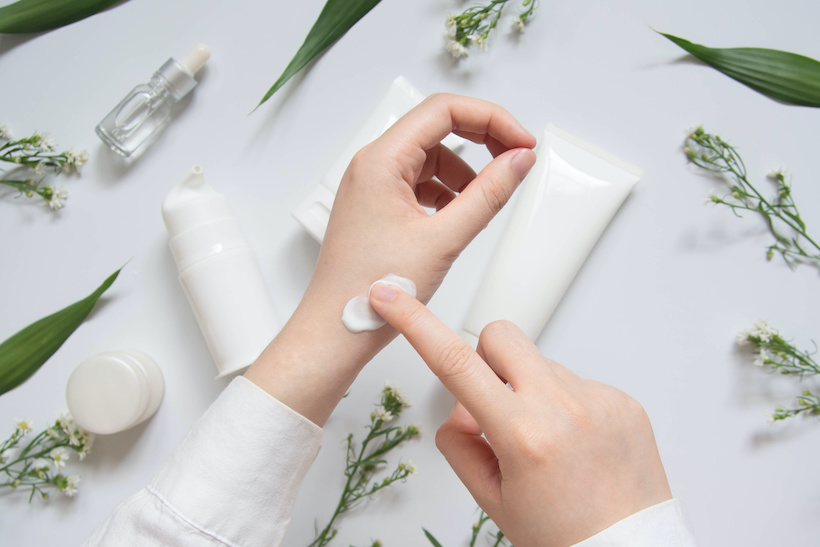For brands and retailers, navigating a balance between producing desirable products and ensuring consumer well-being requires a good level of understanding of the dos and don’ts of labelling and allergy testing requirements.
One commonly encountered term in beauty product marketing is ‘hypoallergenic’. For many customers, it’s a reassuring label that implies a minimised risk of the product triggering an allergic reaction. However, one study, released at the British Association of Dermatologists’ Annual Conference, found that more than a third of products labelled as hypoallergenic actually contained common allergens. For consumers, this challenges the assumption that products with the ‘hypoallergenic’ label are universally safe for allergies and sensitive skin.
It’s important that brands and retailers not only understand the importance of allergy testing but also the correct (and legal) ways to show this through labelling. Today, we’re looking closer at allergy testing and labelling in the UK to help you understand the key things you need to know.
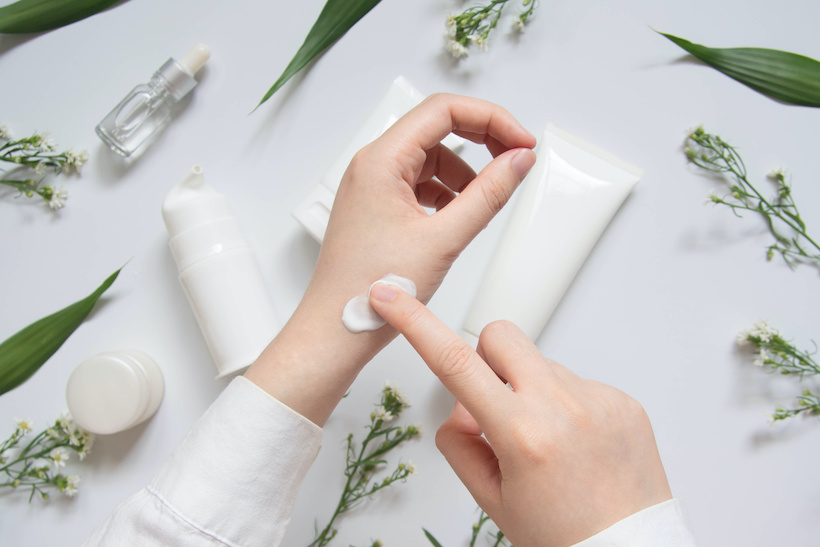
Allergy testing and regulations for beauty products
Let’s first establish an understanding of allergy testing in the beauty industry.
Ensuring the safety of beauty products and cosmetics needs a multifaceted approach, from smart choices about formulation to strict testing protocols. Brands and retailers need to go beyond the surface of a product to make sure that it’s not only effective, but that it also minimises the risk of allergic reactions. While this testing is a regulatory requirement, it should also always be a cornerstone of responsible, safe product development.
Are beauty products regulated in the UK?
Yes, beauty products in the UK are regulated by the UK Cosmetic Regulation, which ensures all cosmetics are fit for purpose. The regulations cover labelling, safety, distribution and advertising. Businesses in Northern Ireland need to comply with the EU Cosmetics Regulation.
Do you have to put ingredients on beauty products in the UK?
Yes. Legally, cosmetics businesses in the UK need to include all ingredients on the label. Labelling should be easy to understand and accurate for full transparency.
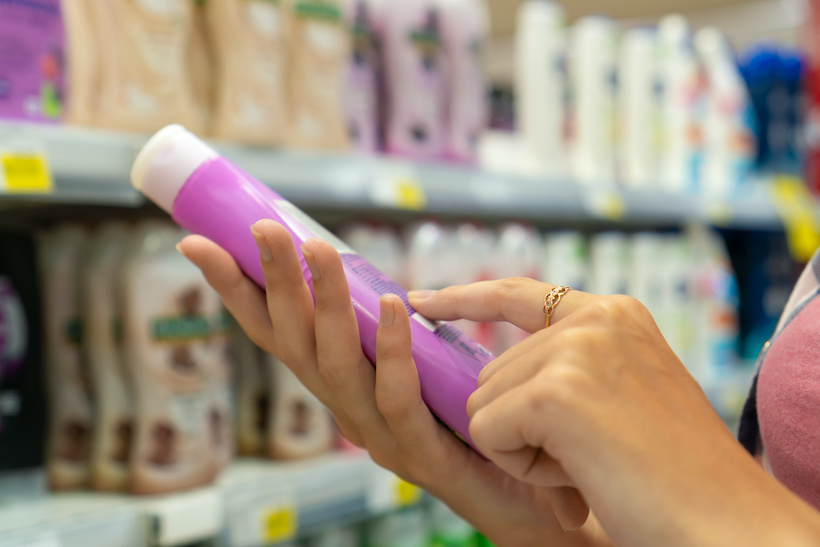
What is required on cosmetics labels?
So, what else is required on cosmetics labels? All cosmetics labels in the UK should include the following:
- Name and address of the “Responsible Person”
- A product identifier, which can be a name or registered trade name
- A list of ingredients
- The percentage or concentration of certain ingredients (those with specific regulatory restrictions)
- Batch number or lot code for traceability
- Function of the cosmetic product
- Quantity of the product – i.e. weight or volume
- Durability date which indicates the number of months a product can be used safety after opening
- Any precautions for use, such as warnings about potential side effects
- Any special storage conditions, if required
- Country of origin
Any potential allergens need to be emphasised in some way within the ingredient list. This could be through the use of bold text, italics, capital letters or a separate allergen list.
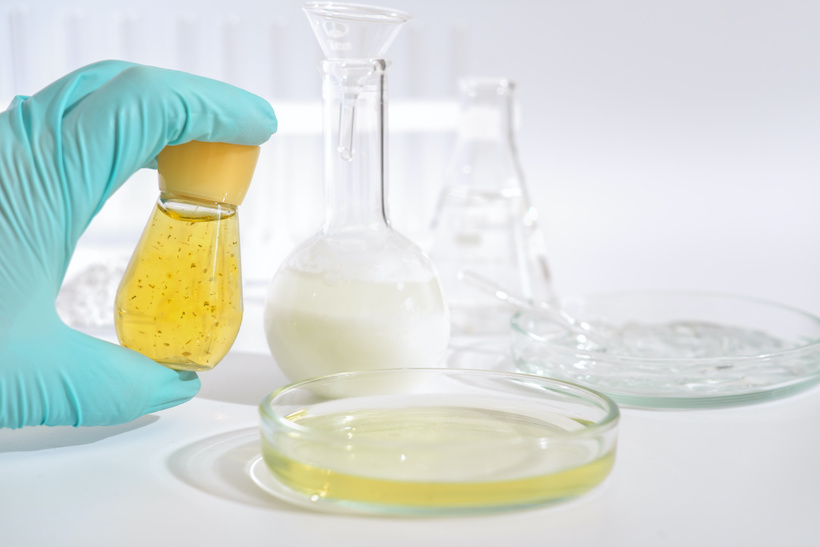
How to test beauty products for allergens
There are a few different ways companies in the UK beauty industry can test for allergens. The different testing methods ensure the product’s safety and mean the business is complying with regulatory requirements. Here are some of the ways to test products for allergens:
- Patch testing: Applying the product to a patch of skin to check for potential irritation.
- Human Repeat Insult Patch Test (HRIPT): Applying the product to the same area of skin to check for irritation.
- Dermatologist testing: Working with dermatologists for clinical testing using human volunteers.
- In vitro testing: Using cultured cells in a lab setting to assess certain parts of product safety. This method means businesses do not need to test on animals or use human volunteers.
- Consumer use testing: Giving the product to a group of people to use regularly, then assessing any reactions during everyday use.
- Allergen patch testing: Actively testing for certain allergens.
- Laboratory testing: Analysing ingredients individually to look for potential allergens.
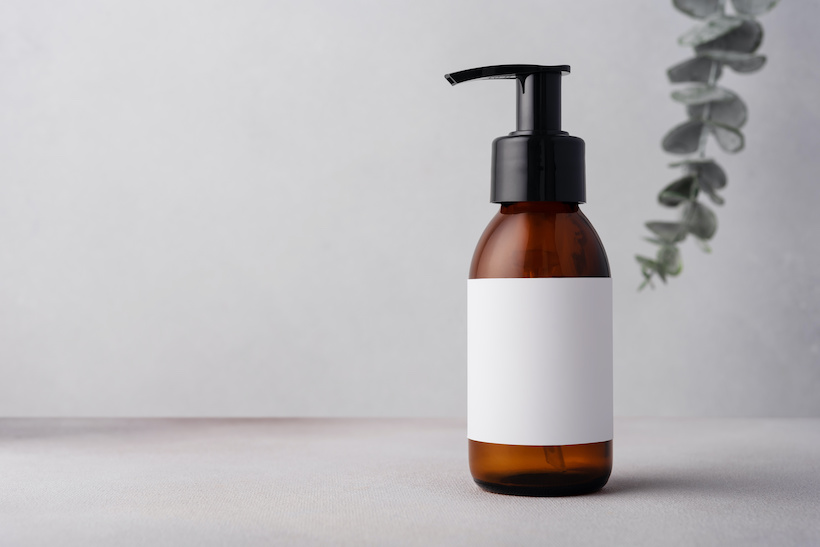
The dos and don’ts of allergy labelling and testing
Here’s a run-down of the do’s and don’ts of allergy labelling and testing:
DO list allergens clearly
Make sure you clearly list any potential allergens in the ingredients on the label.
DO use clear language
Language should be straightforward and simple.
DO be accurate and up-to-date
Allergy information should reflect any changes in formulations or regulations.
DO regularly test products
Check the safety of the product through regular, ongoing testing.
DO collaborate with healthcare professionals
Get expert insights by teaming up with professionals like allergists or dermatologists.
DO train staff on allergen labelling:
Make sure any staff involved with labelling have been provided with full training.
DON’T use vague statements
Don’t use generic ‘may contain’ statements unless there’s a genuine risk.
DON’T make false or misleading claims
Be completely transparent and don’t make any misleading claims about a product’s ability to prevent allergies.
DON’T ignore customer feedback
Always investigate customer feedback and reports, especially if they’re related to allergies.
DON’T overuse fragrance or common allergens
Always be mindful of ingredients that might trigger and allergic reaction and don’t use excessive fragrance.
We hope this taught you more about allergy testing and labelling regulations in the UK. If you’re looking for a cosmetics partner, our end-to-end fulfilment process means we know everything there is to know about creating high-quality, safe products. Whether you’re looking for a contract manufacturing partner or a white labelling partner, get in touch to see what we can do for you.
